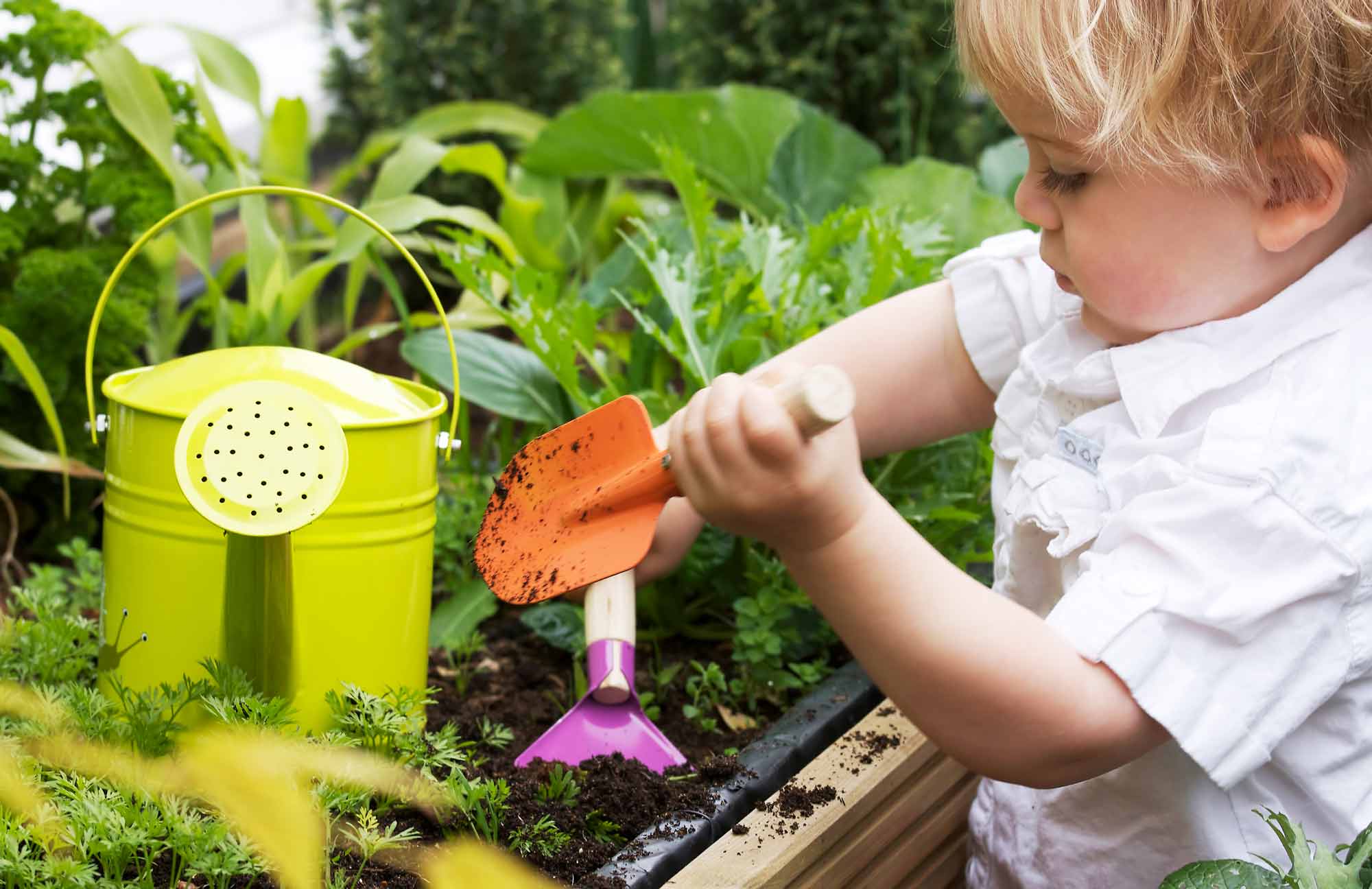Making Playdough
In this lesson, children will make playdough while examining states of matter and changes that occur as liquids and solids mix.
Content Area:
Physical Properties
Learning Goals:
This lesson will help toddlers and preschoolers meet the following educational standards:
- Explore the physical properties of objects
Learning Targets:
After this lesson, toddlers and preschoolers should be more proficient at:
- Experimenting with changes in matter when combined with other substances
- Identifying, describing and comparing the physical properties of objects

Making Playdough
Lesson plan for toddlers/preschoolers
Step 1: Gather materials.
- Water (1 cup)
- Flour (4 cups)
- Cooking oil (2-4 tablespoons)
- Salt (1-1/2 cups)
- Food coloring (optional)
- Mixing bowls
- Mixing spoon
- Measuring cups/spoons
Note: Small parts pose a choking hazard and are not appropriate for children age five or under. Be sure to choose lesson materials that meet safety requirements.
Step 2: Introduce activity.
- Explain that today we are going to make playdough to play with in the classroom.
- Ask children what ingredients we might need to make playdough
- Introduce a recipe for making playdough.
- Brainstorm what will happen when the ingredients are mixed.
Step 3: Engage children in lesson activities.
- With a small group of children, gather the ingredients and place them on a table with a bowl of water.
- Ask the children what the water feels like. Invite them to touch the water and describe how it feels. If you are adding food coloring, ask the children what will happen if we add drops of food coloring, then invite the children to help add the drops.
- In a separate bowl, invite the children to measure out the flour. Again, ask them to describe how the flour feels as they touch it.
- Tell the children to add salt to the flour. Then ask them how the texture and feel of this mixture has changed.
- Before adding oil and a small amount of water, ask the children to predict what will happen when these liquids are added. What will the mixture feel like? How will it change the flour and salt mixture?
- Add the oil and water and invite children to feel and describe the change in the texture of the mixture.
- Continue adding small amounts of water as children predict how the mixture will change.
- Mix and knead the playdough with the children until it is smooth, while discussing how the kneading process changes the texture.
- After you are done making the playdough, invite the children to discuss the different steps in the recipe and share their observations about how the mixture changed with each step.
Step 4: Vocabulary.
- Predict: To guess what might happen next in an experiment
- Texture: How an object feels (smooth, rough, wet, dry, etc.)
- States of matter: Liquid, solid or gas
Step 5: Adapt lesson for toddlers or preschoolers.
Adapt Lesson for Toddlers
Toddlers may:
- Enjoy longer periods of feeling the mixtures as a sensory experience
- Make connections to experiences without using expressive language to describe
- Not yet engage in lengthy discussions
Child care providers may:
- Extend the sensory aspects of this activity to allow children to explore the feel of the different steps
- Utilize self-talk and parallel talk to describe the different mixture states as children touch and play with the mixture
Adapt Lesson for Preschoolers
Preschoolers may:
- Explore mixtures independently
- Use dramatic play to act out this activity
- Want to use measuring tools in open-ended play
Child care providers may:
- Have materials available throughout the day in a sensory table to give children opportunities to explore different mixtures
- Add measuring cups/spoons, mixing bowls and utensils to dramatic play
Suggested Books
- Mix it Up! by Herve Tullet
- The Little Red Hen by Paul Gadone
Music and Movement
Outdoor Connections
- Explore other mixtures such as dirt, sand, clay and/or water in a mess-friendly outdoor space
Comment on this lesson